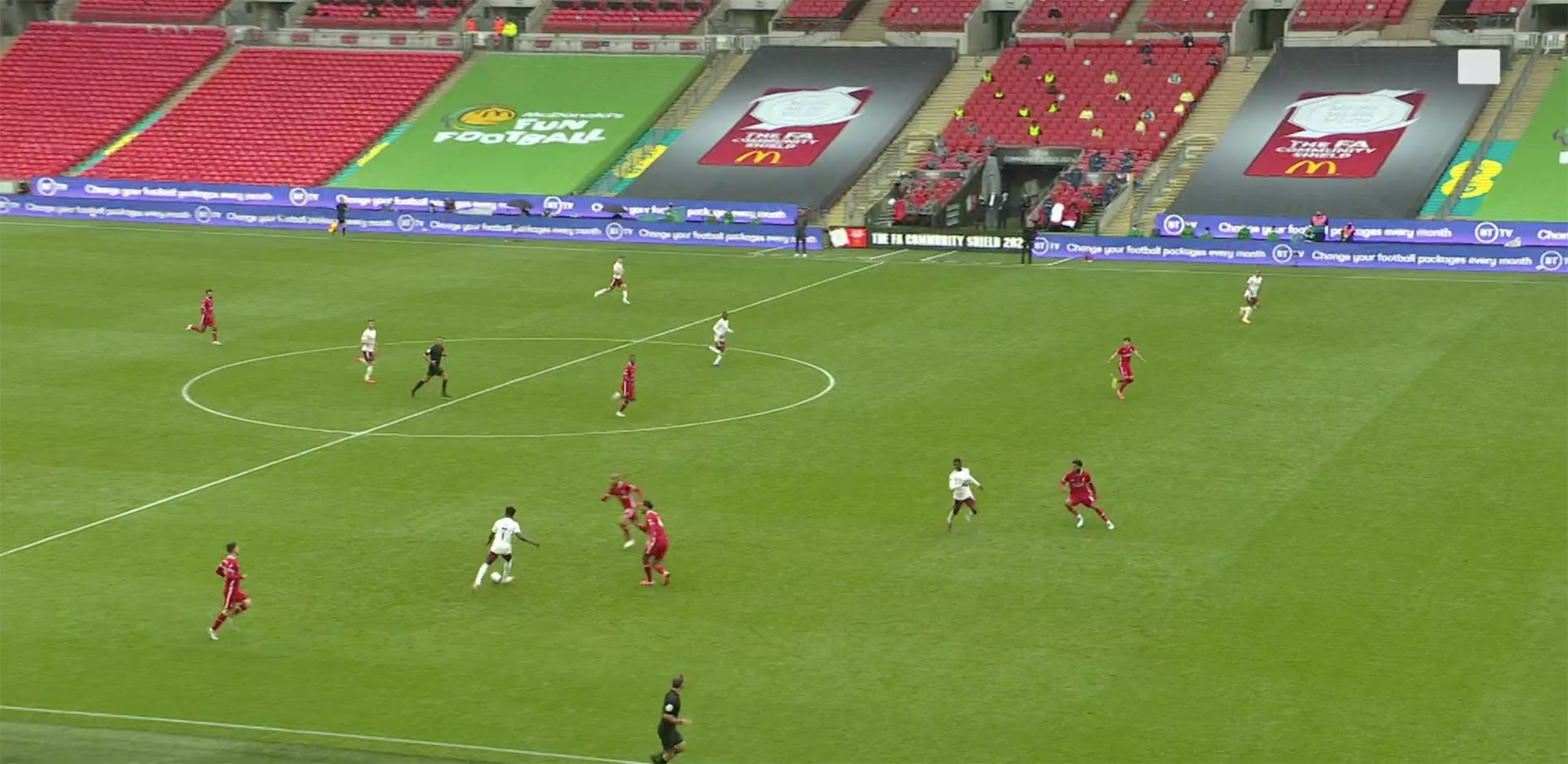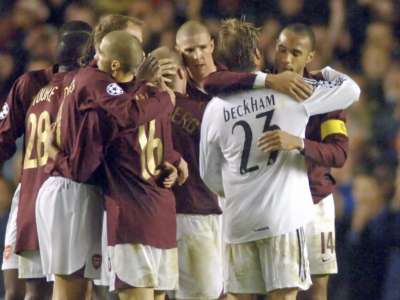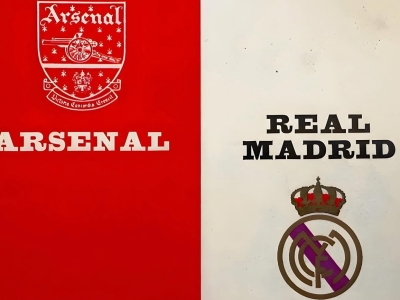Community Shield – a short analysis on Mikel Arteta’s Arsenal
If your heart jumps, skips a beat or sinks when you see Arsenal play from the back – go and see you your GP and ask for some sort of a cardiac remedy. Because this season, under Arteta, you will be seeing plenty of if – especially against the “better” sides.
The good news, as we saw during the Community Shield, is that it works. Especially when it successfully draws the opposition out of shape and forces them into situations which they want to avoid. But more of that a litter later.
All about the shape
Arteta’s line up against Liverpool included eight players that secured the FA Cup win on 1 August, so it is safe to assume that the core of the opening XI will be – there-or-thereabouts – the team which Arteta envisions to start a number of games during the early season.
At Wembley, the core defence of Tierney, Holding, Luiz and Bellerin, supported by Maitland-Niles and Elneny, played as a fluid quintet. Whether Saliba, Mustafi, Chambers, Kolasinac, Soares – or even Pablo Mari or Guendouzi – will be slotted into this formation in future games, it seems that this is the defensive shape preferred by Arteta.
With Bellerin having the ability to make himself a threat deep in enemy territory and Maitland-Niles equipped with the intelligence to recover others’ mistakes – like he did when tracking back to dispossess the dangerous Mané late in the second half yesterday – Arteta prefers to have flexibility where Arsenal needs it the most, defending the goal.
Depending on the situation, Arteta has drilled his team to shift from a 5-3-2 of sorts (with Maitland-Niles wide left) into either a 4-2-2-2, 3-4-1-2 or a 4-2-3-1 during build-up play – and when it has possession in its own half. That then becomes a 2-3-5 when on the attack and in possession of the ball in the opposition half (or in over-load situations).
The key for the success of this set-up – including against Liverpool yesterday – is how well Arteta has managed to install the idea of the entire team defending and keeping that crucial mid-block in shape.
Under Unai Emery, it was obvious that, at times, players were confused over what they were supposed to be doing in certain situations. Under Arteta, there is much less chaotic chasing of shadows by midfielders, much more organised pressing up the field and a cohesive approach to filling in for team-mates.
Most impressive against Liverpool was how organised that mid-block was. It was solid but flexible, giving little space for Sala or Firmino to find space and make themselves available, while also making it difficult for Wijnaldum or Fabinho to push up through the middle.
The cohesion was impressive. Yesterday, when Liverpool looked to play the ball out of defence, there was more than one occasion when Elneny pushed forward to help apply the press – and found himself as the man highest up the pitch. Last season, under Emery, this would probably have been met by a bemused tut by the Arsenal forwards, followed by a quizzical look towards the bench.
Against Liverpool, however, Aubameyang and Nketiah fell smoothly back into shape, with Xhaka often filling the space left by the Egyptian, cutting off the supply lines into the heart of the pitch and forcing the Liverpool defence to start again – or play it into a wide position to the inexperienced Neco Williams.
Organised
Yesterday, I heard someone describe Arsenal’s defence as “dogged”, which, according to the Oxford dictionary, means to “show tenacity and grim perseverance”. I don’t think that is right. This was far from dogged. An army battalion that, after suffering huge losses, makes a desperate, last-ditch, drawn-out stand is being dogged.
Rather than “grimly persevering”, Arsenal looked like they enjoyed defending. They were highly organised, orderly and methodical.
The reason that it looked like Arsenal could defend against any threat that Liverpool could pose wasn’t due to “doggedness”. It was because they were well-drilled. Under Arteta, this team now knows how to defend, even against teams like Liverpool and Man City.
Play it from the back
Mentioning how much Arteta has learnt from Pep during his time at Manchester City is becoming a worn cliché. However, as with most clichés, there is more than a grain of truth in it.
Perhaps the best example of how Pep’s influence can be seen in Arteta’s Arsenal was the opening goal.
After a period of pressure from Liverpool (and a header from James Milner that only just sailed over the bar), Arsenal took a goal-kick short and played the ball around its own box. Many other teams, looking to release a bit of the pressure, would’ve been forgiven for being happy to punt the ball up field from the re-start. But not Arteta’s Arsenal.
Playing it short had the direct result of drawing in the Liverpool press even closer. Liverpool’s front three, the midfield players and left back Robertson were all pulled deep into the Arsenal half, performing Klopp’s much-celebrated high-intensity press.
What it did, however, was stretch Liverpool’s shape and exposed the Premier League champions to a quick counter. Holding, standing on his own end-line, played the ball to Bellerin. 13 seconds later, the ball was in the Liverpool net.
By the time Bellerin had bypassed Robertson with a chipped pass to Saka, it was obvious that Liverpool had a problem. Williams had drifted into a central position, leaving Aubameyang alone wide. As Saka brought the ball forward, Nketiah made a diagonal run, which distracted both Gomez and Van Dijk, so neither of them had time to recover and help out Williams.
As Saka played the ball to Aubameyang – the scorer of 54 goals in 85 Premier League games – he was faced with Williams, a 19-year-old making his 12th first team appearance. The end result, although a great finish from a great pass from Saka, was hardly surprising.
Klopp, however, won’t blame the somewhat untried Williams. Nor will he blame Gomez or Van Dijk – they had to check Nketiah’s run. But don’t be surprised if Liverpool will slightly hold off their press against Arsenal when the two teams meet in a month’s time (28 September) at Anfield, because the seeds to the goal were sown deep in the Arsenal half. And Klopp will recognise that.
At times, there were five Liverpool players in, or just around, the Arsenal box, while Arteta’s men played the ball amongst themselves. While this might cause palpitations to those who prefer a no-nonsense approach to defending, this is the new Arsenal when playing against the likes of Manchester City or Liverpool. It worked in the FA Cup semi-final and it worked yesterday.








